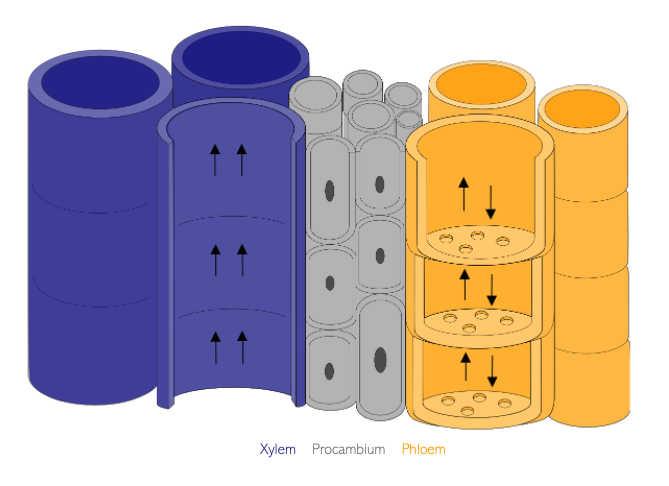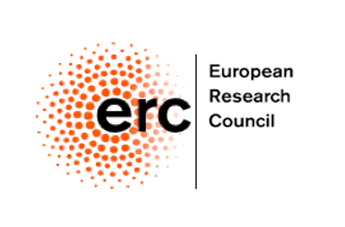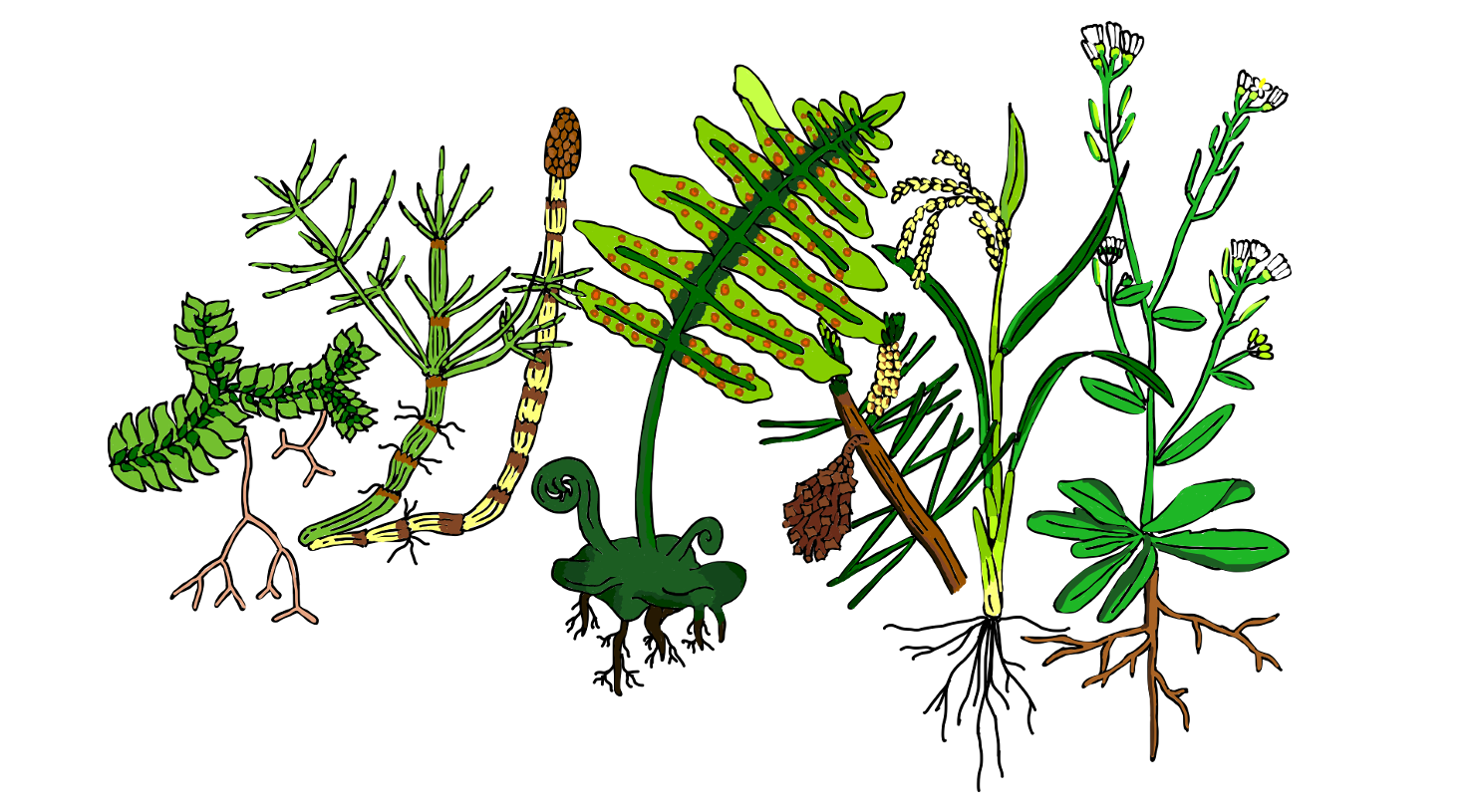Recent estimates suggest that plants contribute up to 80% of all biomass on earth. Despite the staggering diversity in plant shape, size, life cycle and habitat found across the different continents; dominant land plants share a highly important characteristic: the presence of a vascular system. This anatomical feature found in the majority of plants has been widely accepted to define plants containing tracheary tissues as vascular plants or tracheophytes. Besides ensuring physical support, vascular tissues act as pipelines providing long distance transport of water, nutrients, hormones and other signalling molecules throughout the entire plant body. Contrary to this, some non-vascular plants rely on cell-to-cell symplastic transport for the movement of water and nutrients. This mechanism limits transport to just a few cells and thus restricts the habitat for these plants to moist environments. As such, the acquisition of vascular tissues is regarded as one of the important evolutionary innovations in plant development supporting successful colonization of more dry habitats on land and growth beyond the scale of a few centimetres.

Although in the last decade an increasing number of molecular players of vascular development has been identified in the model plant Arabidopsis, only a handful of factors was shown so far to be functionally conserved throughout vascular plants. This suggests that many of the prominently studied factors might have a species-specific function. As such, we actually have a very limited understanding of the conserved regulators of vascular tissue development. Moreover, despite the fact that the plumbing systems of non-vascular and vascular plants are homologous in function and can be compared at the molecular level, the molecular players involved in conductive tissue development remain almost completely unknown. Still there are some examples showing that such highly conserved regulators exist and can be uncovered. The advent of next generation sequencing and single-cell technologies now provides us with the required throughput and tissue specific resolution to tackle these research questions.
The evo-devo research team consist of dr. Wei Xiao and Eline Verhelst. Work on this research topic is generously funded by the Research Foundation – Flanders (FWO grant G0G2621N) and the ERC CoG (101043257 - PIPELINES) project.


